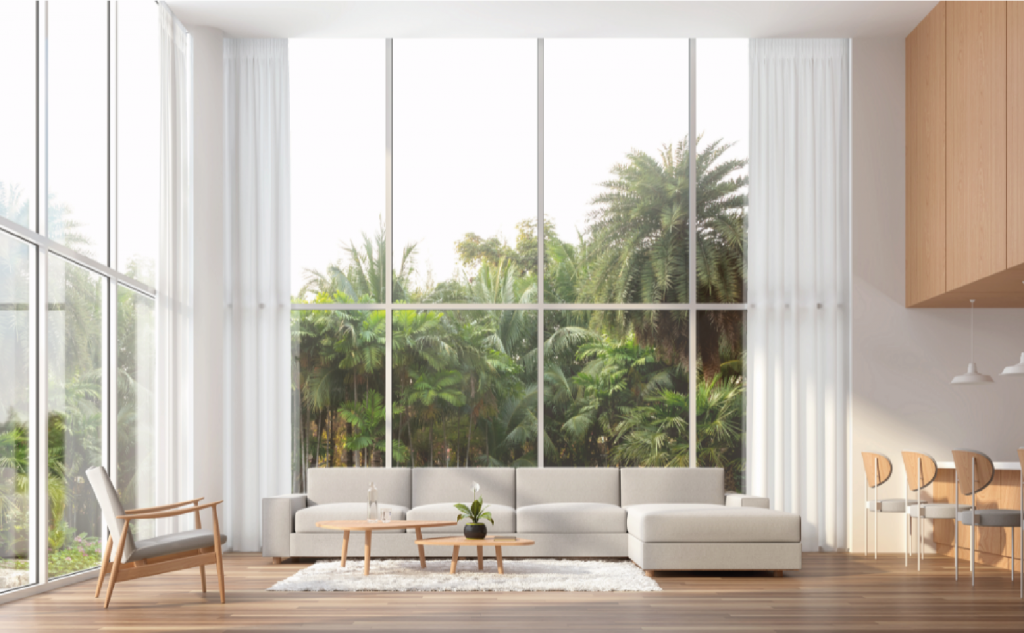Residential
Whether you’re upgrading a contemporary residence or preserving the charm of a heritage property, PassivGlas provides a sustainable, energy-efficient solution that elevates your home’s comfort and value.
Advanced Vacuum Glazing for Modern Living
Experience the next generation of home comfort with PassivGlas’s cutting-edge vacuum glazing solutions. Designed to seamlessly integrate into your existing window frames, our ultra-thin, high-performance glass units offer superior thermal insulation, exceptional noise reduction, and enhanced durability.
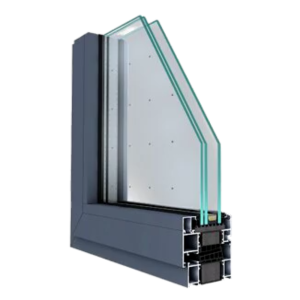
VIG Installations Made Simple
With thickness options ranging from just 6.15mm in single PassivGlas™ VIG to 28mm and beyond in PassivGlas™ Ultimate – featuring a thermally broken spacer and an additional glass lite for IGU-level insulation – our advanced vacuum glass seamlessly integrates into various domestic and commercial properties. It maximises natural light while ensuring superior energy efficiency and indoor comfort.
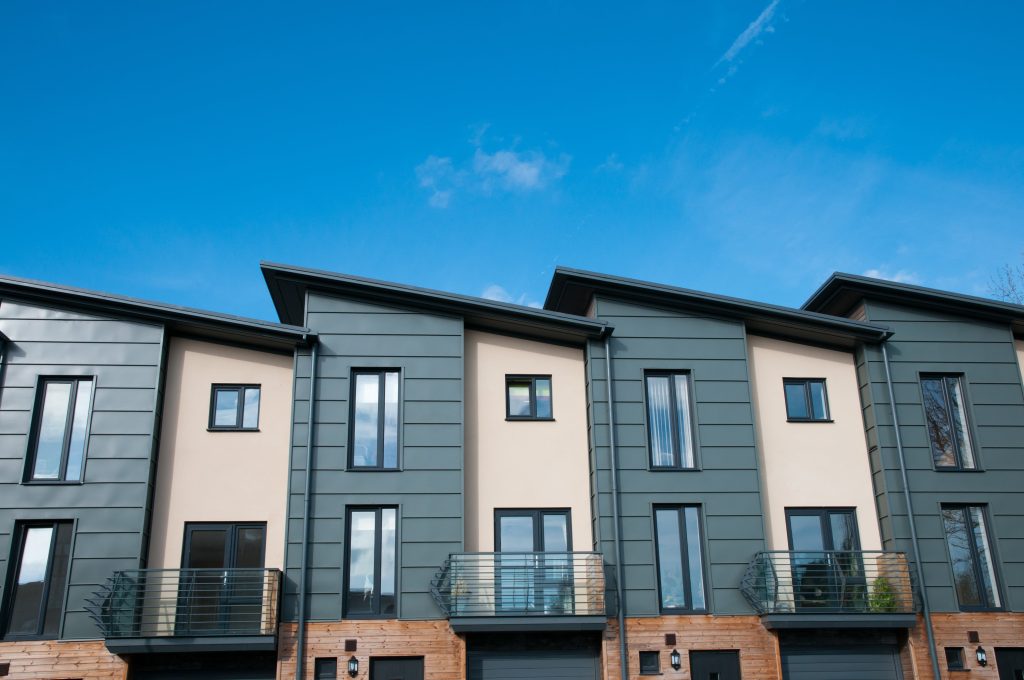
Elevate Your Home’s Efficiency with Next-Generation Glazing
Improve Comfort Levels and Reduce Energy Bills
Discover how cutting-edge vacuum glazing technology can transform your living space. By virtually eliminating heat transfer, this innovation ensures your home stays warm in winter and cool in summer, leading to significant energy savings. Its ultra-thin design seamlessly integrates into existing window frames, making it an ideal choice for both modern homes and period properties.
Exceptional Thermal Insulation
Achieve U-values as low as 0.49 W/m²K to reduce heat loss and enhance year-round comfort.
Superior Acoustic Performance
A vacuum layer minimises sound transmission for a quieter indoor space. UKAS tested sound reduction of Rw 36 dB
Slim, Lightweight Design
With a thickness of just 6.15 mm, ideal for retrofits or new builds.
Guaranteed for 15 Years
Built for sustainability and reducing carbon footprints. Backed with a 15 year guarantee
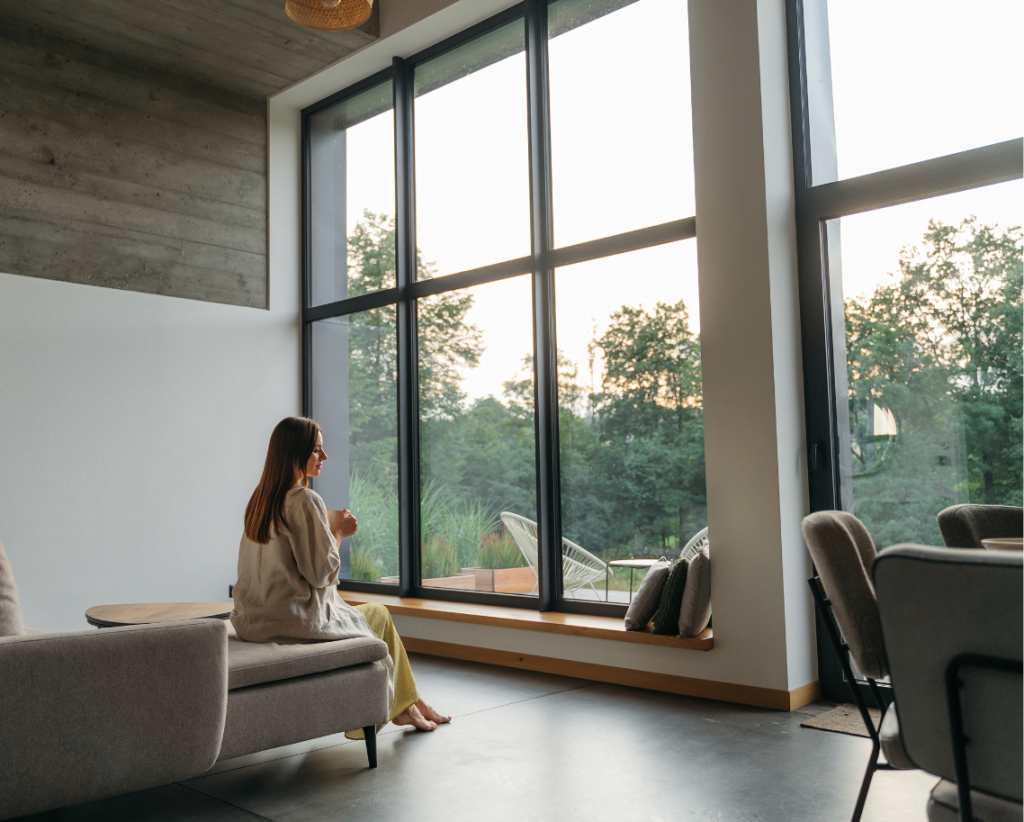
Experience Serenity: Superior Acoustic Insulation
Enjoy a Peaceful Home
Say goodbye to external noise disturbances. Vacuum glazing offers exceptional sound insulation, reducing noise levels by 36dB and up to 41dB with additional layers. Whether you live near busy streets or in bustling neighbourhoods, enjoy a tranquil indoor environment without compromising on natural light or aesthetics.
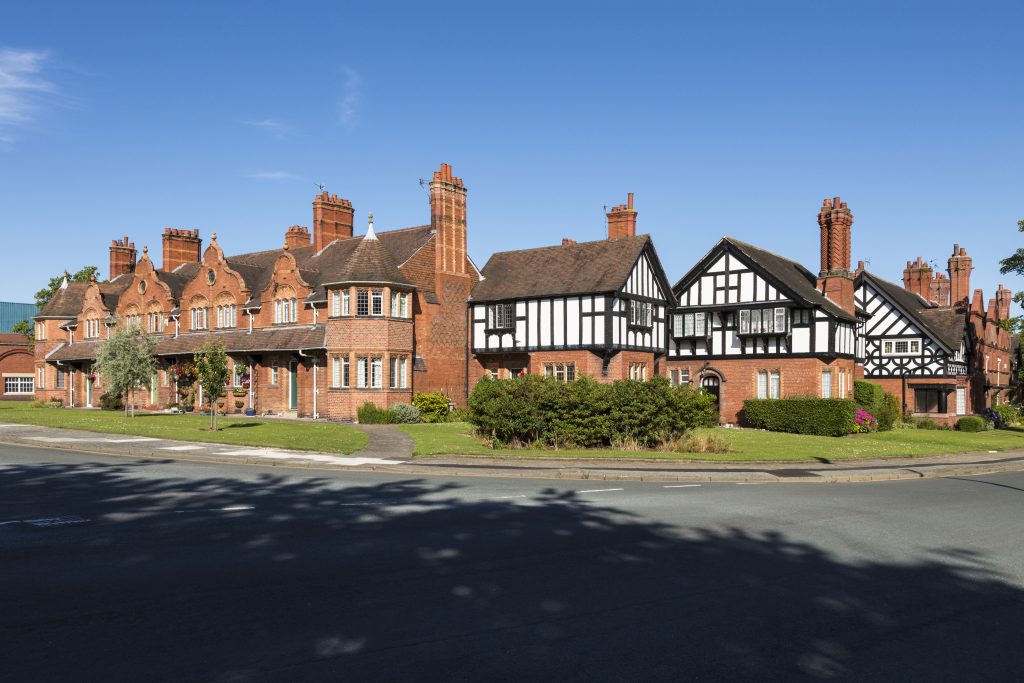
Preserve Heritage, Embrace Modern Comfort
Maintain the charm of your historic or listed property while enhancing its comfort and efficiency. The slim profile of vacuum glazing mimics traditional single-pane windows, making it suitable for conservation areas. Upgrade your home without altering its character, meeting modern standards discreetly.
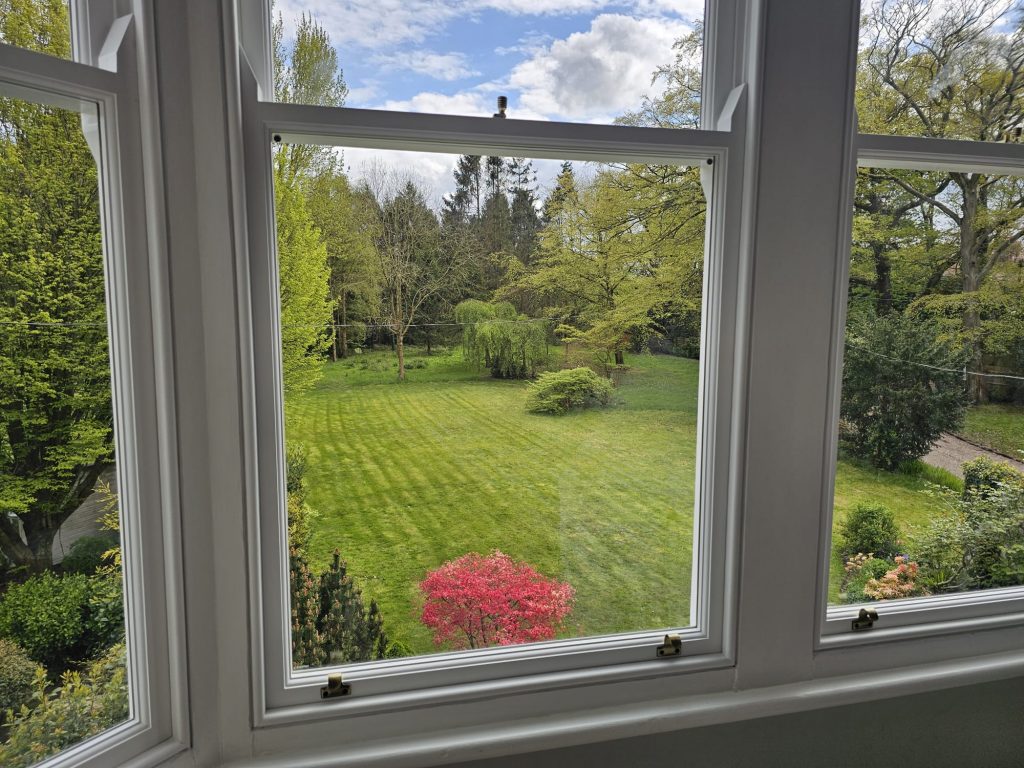
Durable Design for Long-Term Peace of Mind
Invest in glazing that stands the test of time. Vacuum-insulated glass boasts a lifespan exceeding 25 years, resisting condensation and maintaining clarity even in extreme temperatures. Its robust construction ensures consistent performance, reducing the need for frequent replacements.

A Sustainable Choice for Eco-Conscious Living
Reduce your carbon footprint with energy-efficient glazing solutions. By minimizing heat loss, vacuum glazing decreases reliance on heating systems, leading to lower energy consumption. This not only benefits the environment but also translates to cost savings on energy bills.
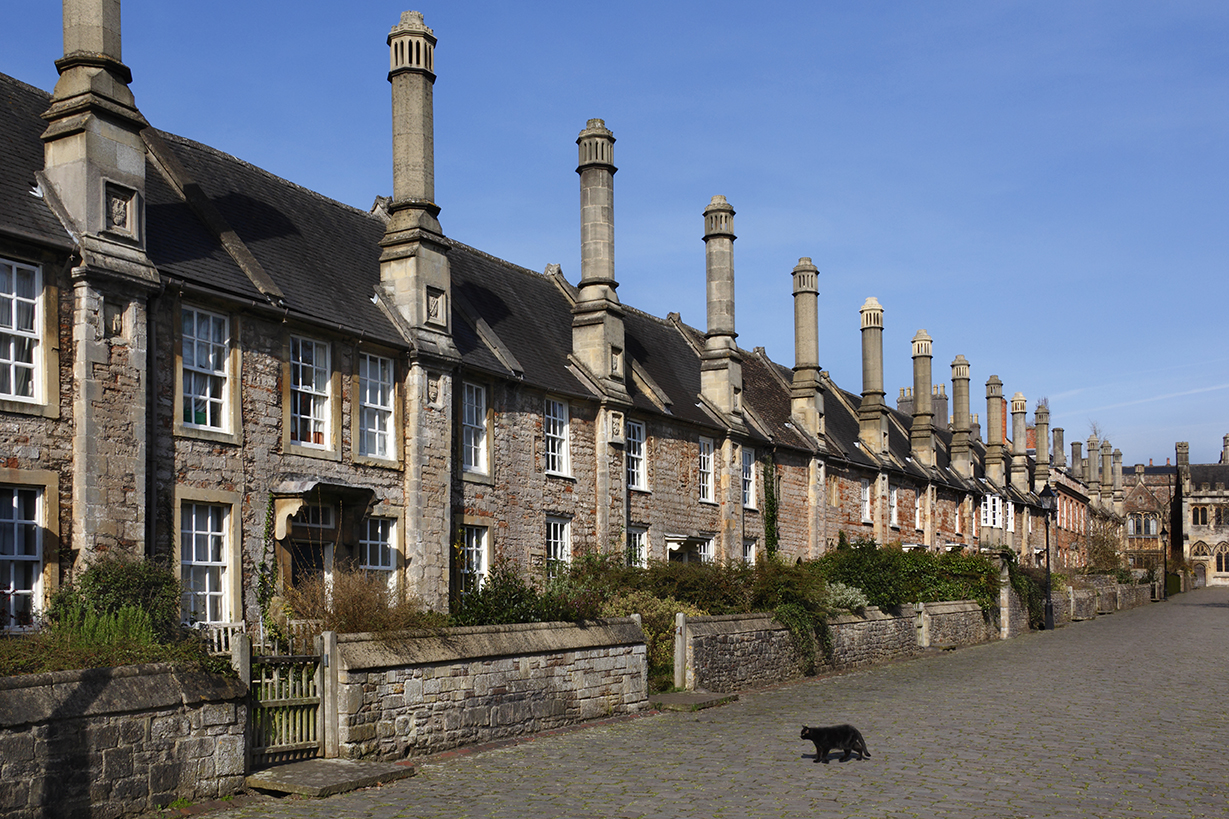
Key Benefits of Vacuum Glazing for Your Home
Exceptional Thermal Insulation: Achieve U-values as low as 0.49 W/m²K, surpassing passive house standards, ensuring your home stays warm in winter.
Superior Noise Reduction: Reduce external noise by up to 39 dB, creating a peaceful indoor environment
Slim Profile Design: With a thickness of just 6.15mm, vacuum glazing fits seamlessly into existing window frames, preserving the aesthetic of both modern and heritage properties.
Long-Term Durability: Enjoy a lifespan exceeding 25 years with toughened glass and resilient edge seals, ensuring lasting performance
Energy Efficiency and Cost Savings: By minimising heat loss, vacuum glazing reduces the need for heating and cooling, leading to lower energy bills and a smaller carbon footprint.
Enhanced Security Options: Opt for toughened or laminated glass variants to bolster your home’s security without compromising on thermal performance.
Frequently Asked Questions
What are vacuum units?
Vacuum Insulated Glazing or VIG is an advanced fenestration type of insulating unit. It consists of two glass panes, like a standard Insulating unit, but rather than the spacer bar and an air gap, VIG’s are separated by a micro vacuum gap, with a glass solder edge seal.
Are they fully tested?
Yes, they are tested to recognised industry standards:
Impact resistance: EN 12150-2 & ANSI Z97.1-37 & EN 12600 & BS356 (recently completed)
Weathering: EN1279-5 & ASTM E546/E2188/E2189
U-Value: ISO8301/EN12667 (Recently UKAS tested) & ASTM C518
Soundproof: ISO 10140-2 (Recently UKAS tested)
Do the standard units use coated glass?
Yes, all PassivGlas™ Linear units incorporate a Low-e single silver toughenable coating.
In order to meet the current Part O regulations, a Low-e double silver coating would be needed to meet the 70/40 requirements. Please check with VGN as to availability and MOQ for this product range.
What is the expected life?
Expected life on the unit is 25+ years due to there being no spacer bar to fail.
Will there be any condensation
Condensation is formed when the air temperature surrounding an object falls below the dew point and changes into a liquid
Internal:
Although condensation will not form on the internal surface of a VIG unit, Vacuum Glazing does not eradicate condensation from the room.
The warmer inner glass will potentially change the rooms cold point.
It is advisable to ensure all rooms have effective ventilation/circulation.
External:
Condensation may form on the external glass surface under certain conditions.
Generally, forms a grid around the micro-pillars.
Will disappear when the outside temperature warms with the morning sun.
It is an indication of how efficiently your windows are at reducing thermal loss.
Condensation between glasses:
An indication that the Vacuum has been lost.
Consult your supplier to confirm course of action.

